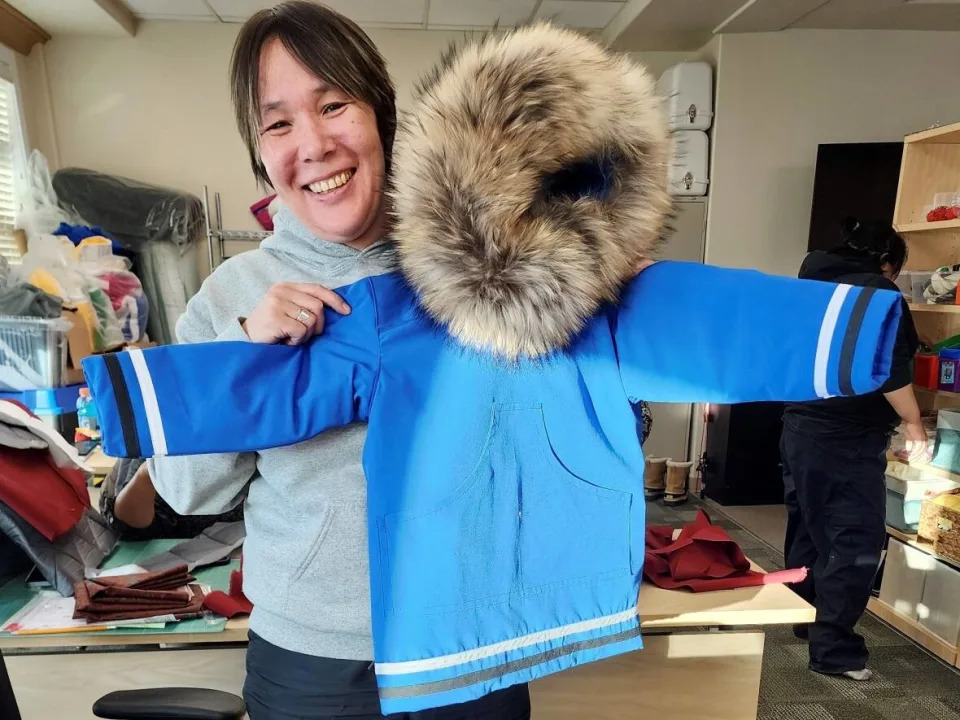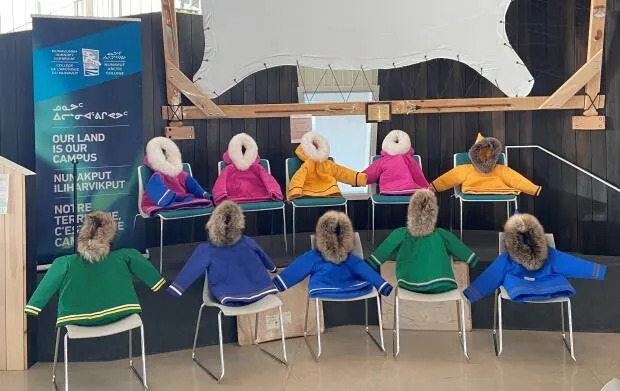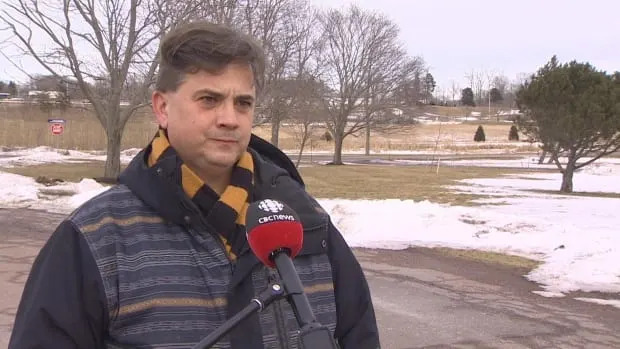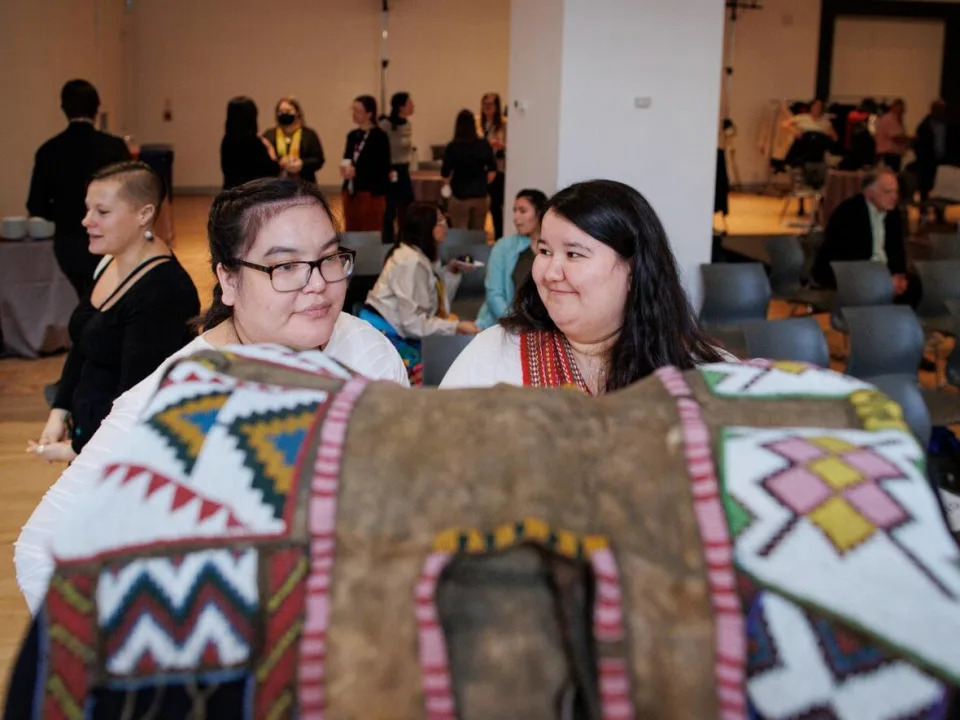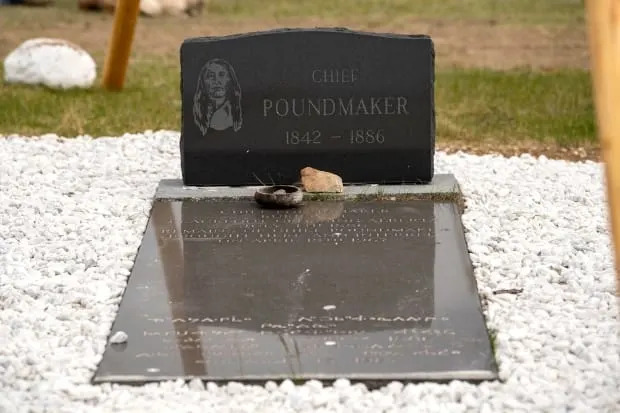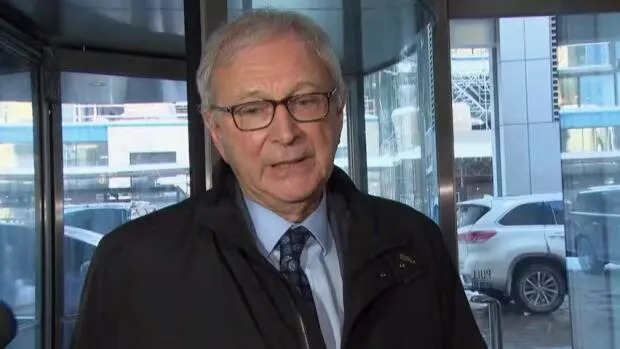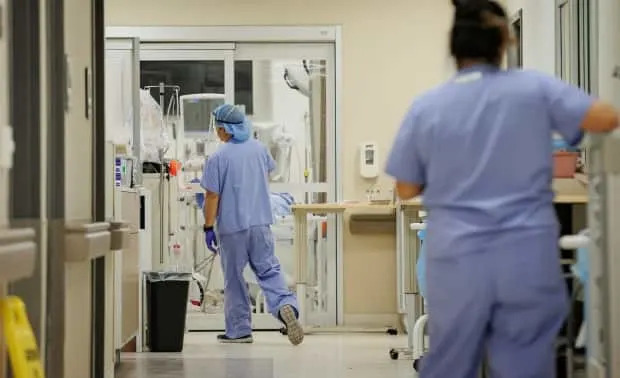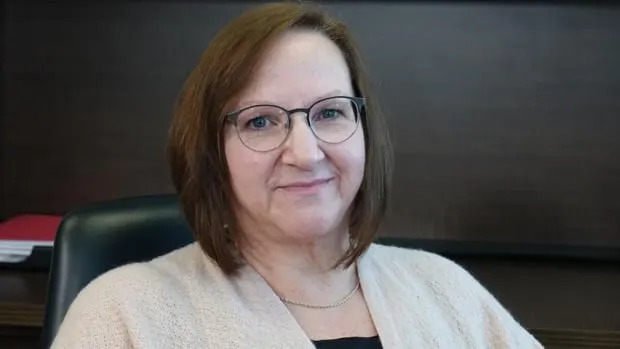Andrew Feinberg
Wed, 22 February 2023
Former president Donald Trump took his 2024 presidential campaign to the site of a toxic chemical spill on Wednesday, surrounding himself with supporters and repeating discredited allegations about the Biden administration’s response to the East Palestine, Ohio disaster.
Mr Trump arrived at a nearby airport aboard his private Boeing 757 with camera crews present to watch him disembark as if he were still president, though without the massive security bubble or coterie of aides that accompanies an actual chief executive.
Speaking alongside members of the community who were arrayed behind him as a campaign-style backdrop, Mr Trump praised first responders and railroad workers for “serving bravely” over the two weeks following the Norfolk Southern freight train derailment and subsequent controlled burn of toxic chemicals approved by state and local authorities.
The twice-impeached ex-president also bragged of having brought cases of the Trump-branded bottled water used at his Mar-a-Lago club for use by East Palestine residents, with video of his arrival showing pallets of drinking water being unloaded by volunteers.
His arrival in East Palestine was meant as a rebuke to President Joe Biden, who has been overseas meeting with world leaders to mark the one-year anniversary of Russia’s war against Ukraine. Mr Trump, whose 2016 election victory was aided by what the Justice Department found to be a “sweeping and systematic” campaign of interference on his behalf by the Russian government, has often denounced Mr Biden for his support of Ukraine’s defence.

Former President Donald Trump stands next to a pallet of water before delivering remarks at the East Palestine Fire Department station on February 22, 2023 in East Palestine, Ohio (Getty Images)
Asked if he had a message for the man who defeated him in 2020, Mr Trump replied: “Get over here”.
He acknowledged the town’s mayor, Trent Conaway, at one point implying that his size makes him easily identifiable.
“I also want to recognise a man who has been working tirelessly for this community since the beginning of the nightmare,” Mr Trump said. “Trent? Where is Trent. He’s very easy to find.”
Mr Trump also purportedly bought McDonald’s for first responders during his visit.
He also repeated what has become an oft-voiced but false claim about Mr Biden’s lack of interest in helping the Ohio town, which voted overwhelmingly for the ex-president in 2020.
He claimed Mr Biden and the Federal Emergency Management Agency “said they would not send federal aid to East Palestine under any circumstance,” and suggested that his announcement of plans to visit the town caused the federal government to act.
Both of those statements, however, were false.
While Biden administration officials have limited their public comments about the matter because of ongoing investigations, the White House has dispatched federal resources to East Palestine in the weeks following the derailment. But the deployment of many federal resources requires a federal disaster declaration that must be requested by the state’s governor, Mike DeWine.
It was also on Mr Trump’s watch that the Department of Transportation repealed regulations that could’ve prevented the derailment by requiring better brakes on freight trains.
Ray LaHood, the ex-Illinois Republican congressman who served as Secretary of Transportation during the Obama administration, said the ex-president’s culpability is fair game for attack. He told Politico that it was “clear” that Mr Trump’s journey to Ohio was a “political stunt”.
"If he wants to visit, he's a citizen. But clearly his regulations and the elimination of them, and no emphasis on safety, is going to be pointed out,” he said.
Republicans have attacked Mr Biden for not personally attending to the disaster site and have claimed that his overseas visit to address foreign policy and national security matters is evidence of his alleged disdain for so-called “flyover country”.
But Mr Biden has frequently avoided visiting disaster areas during ongoing operations because the security and other personnel that accompany presidential movements can bring important relief work to a halt and divert first responders from more important tasks.
